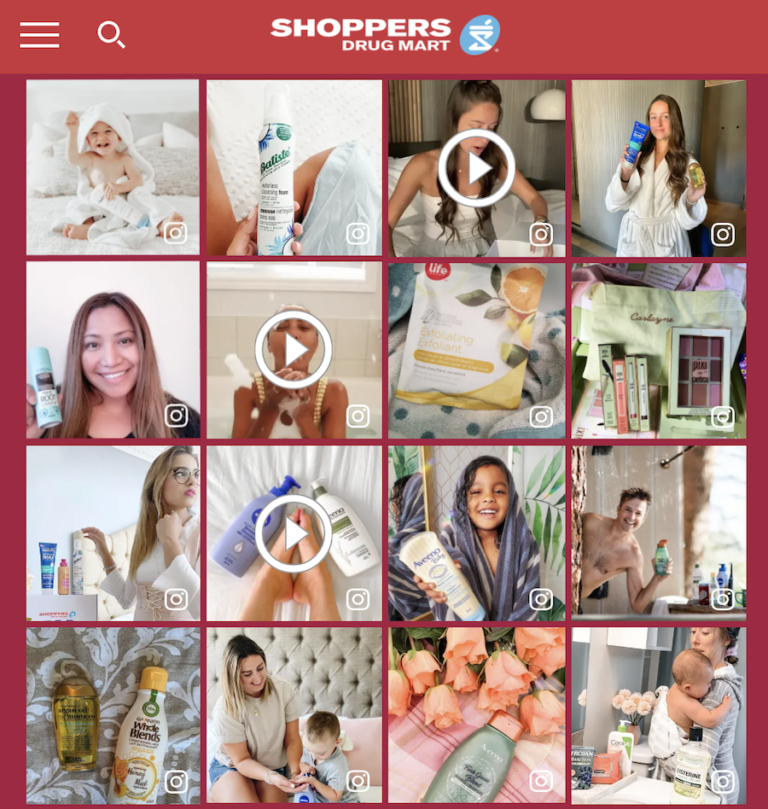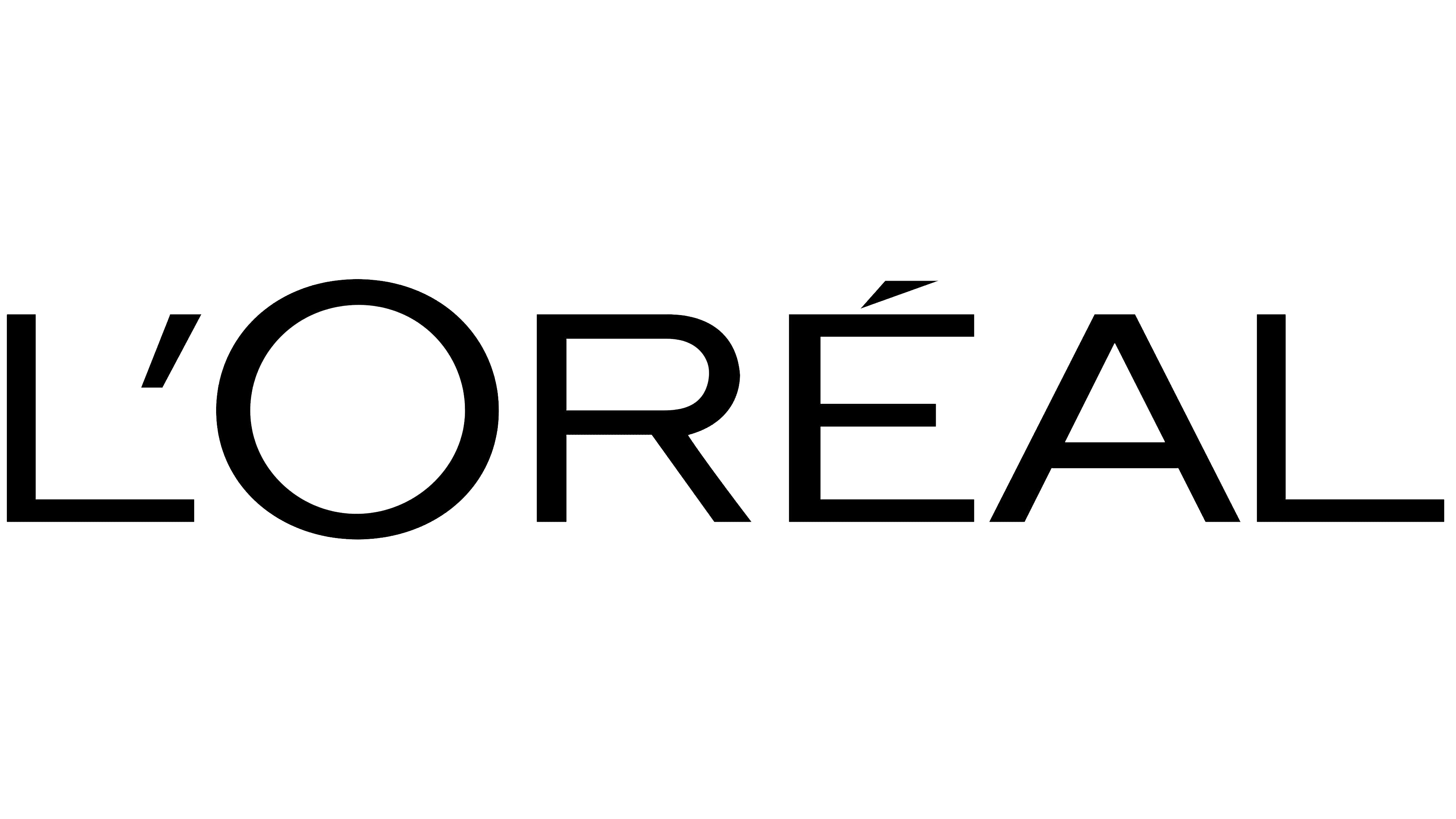The Ratings & Reviews specialist doing more with UGC to grow your business
Maximize conversions by creating the best Ratings and Reviews program.
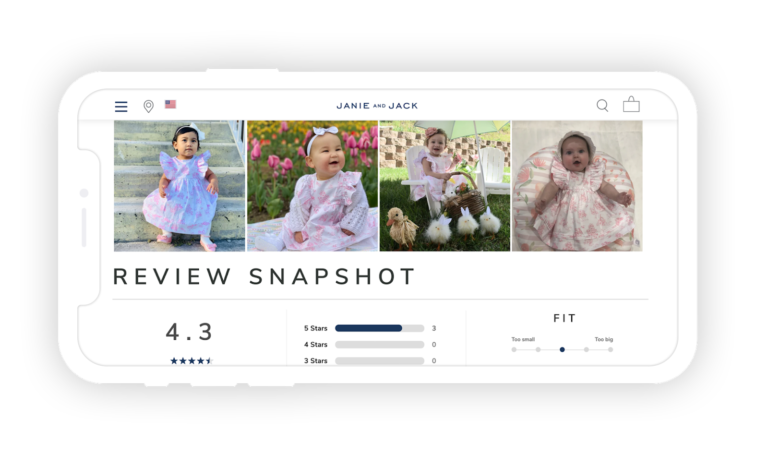
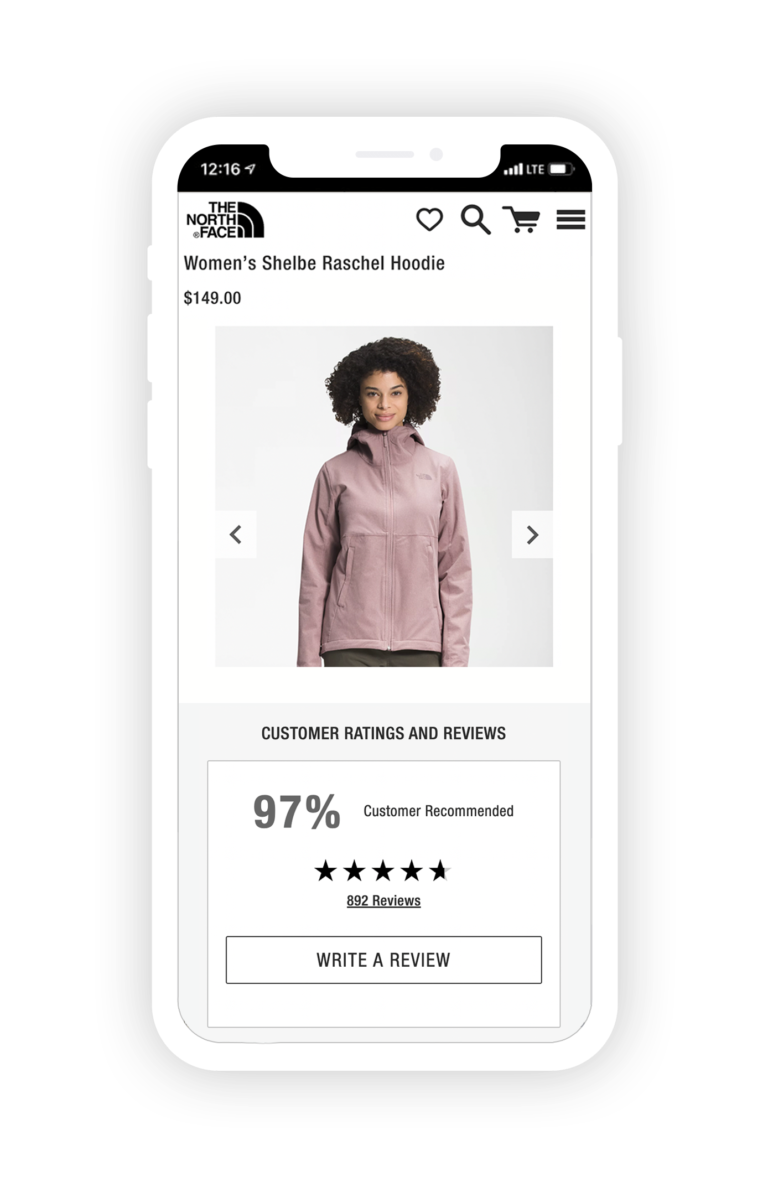
Build a conversion-focused UGC collection strategy.
Flexible, brand-aligning displays to ensure you maximize the value of the UGC you collect.
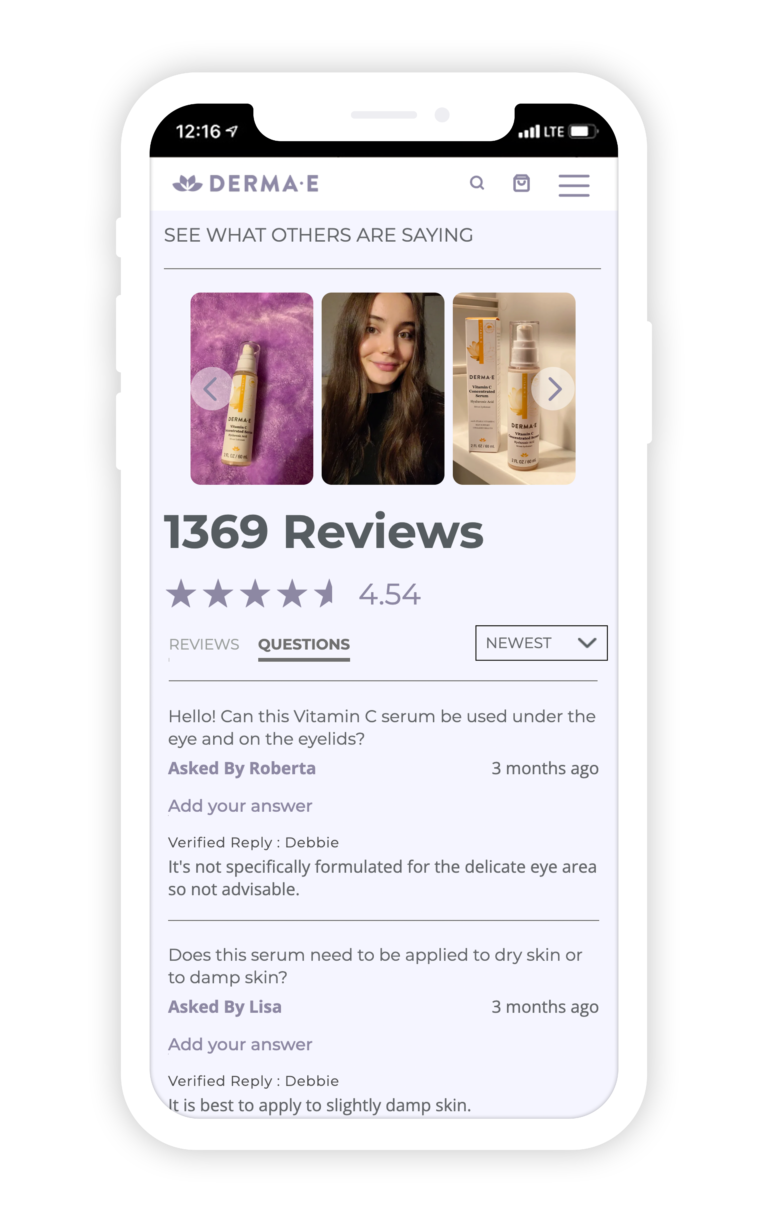
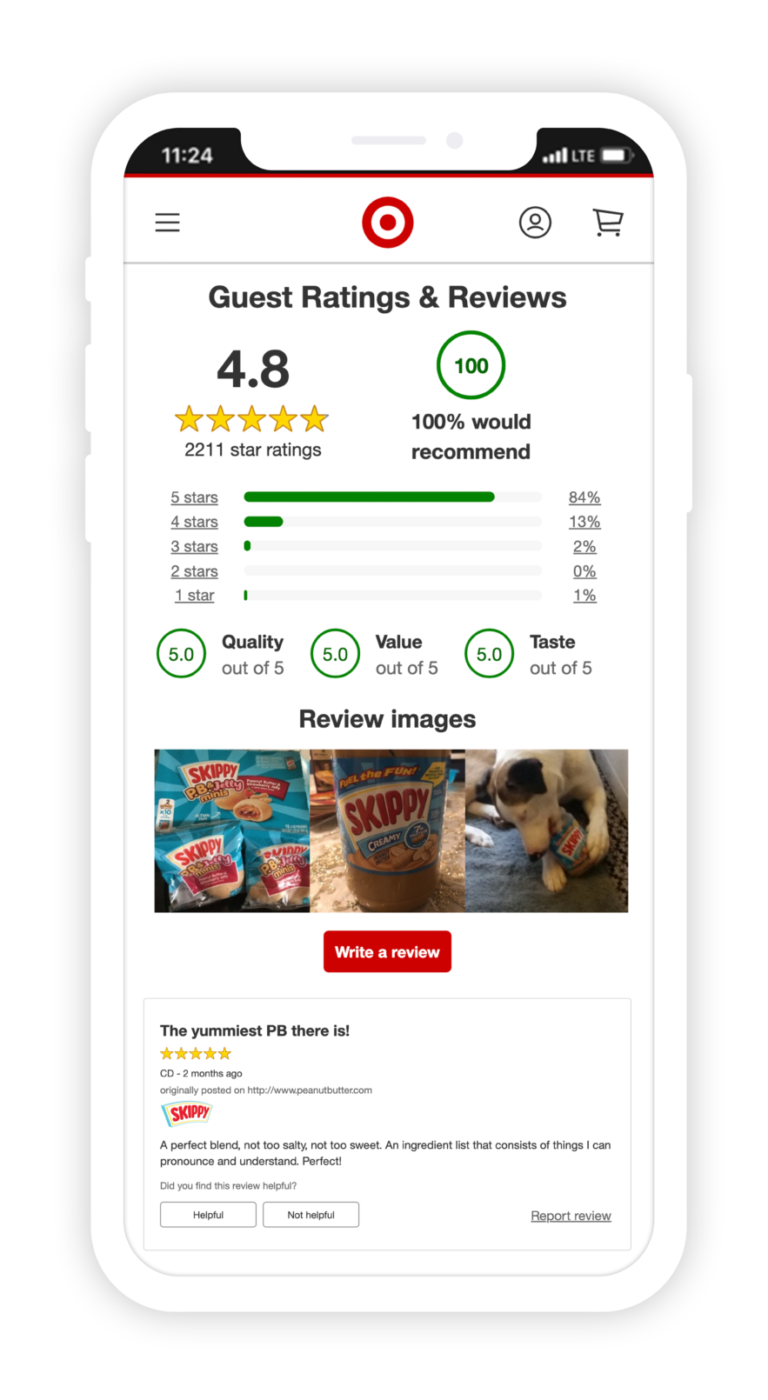
Whether you’re a brand looking to get more UGC out or a retailer looking to bring more UGC in, we syndicate more content to more places.
Do more with your UGC: Understand, benchmark, and enhance product experience and positioning.
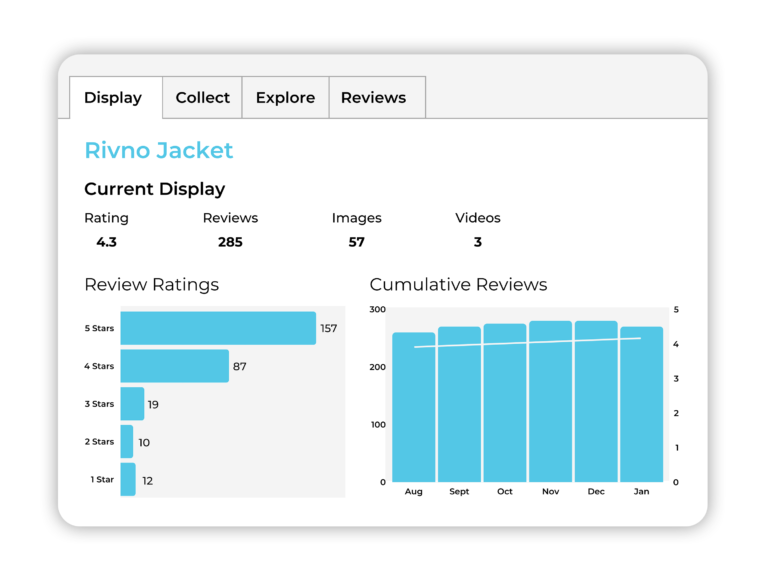

Our people are data-driven UGC experts and know how to get you to the next level



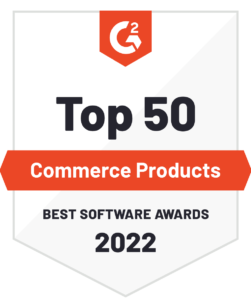
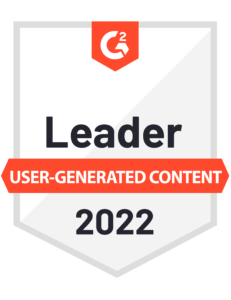
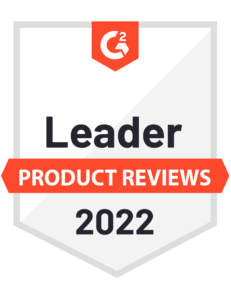
| G2 Relationship Index Rankings | ||
|---|---|---|
| Company | Score | |
| PowerReviews | 9.44 | |
| Major Competitor 1 | 8.69 | |
| Major Competitor 2 | 8.47 | |
